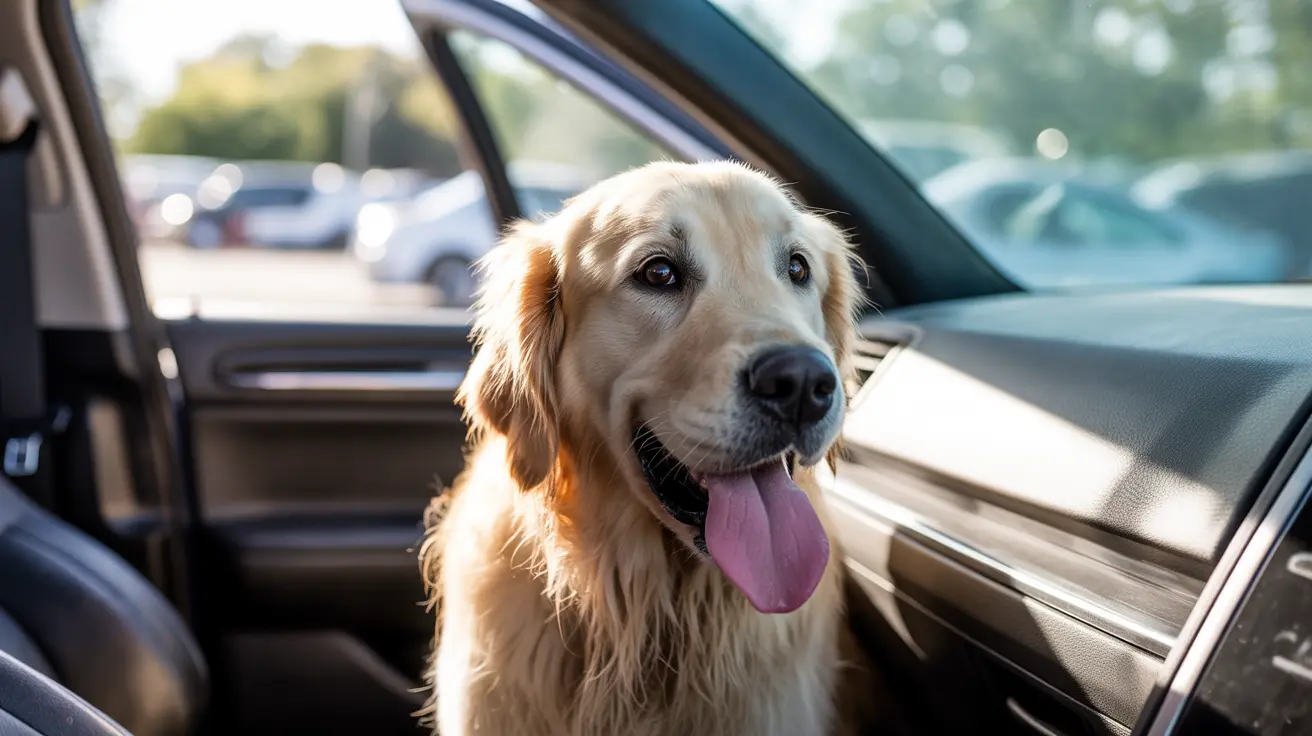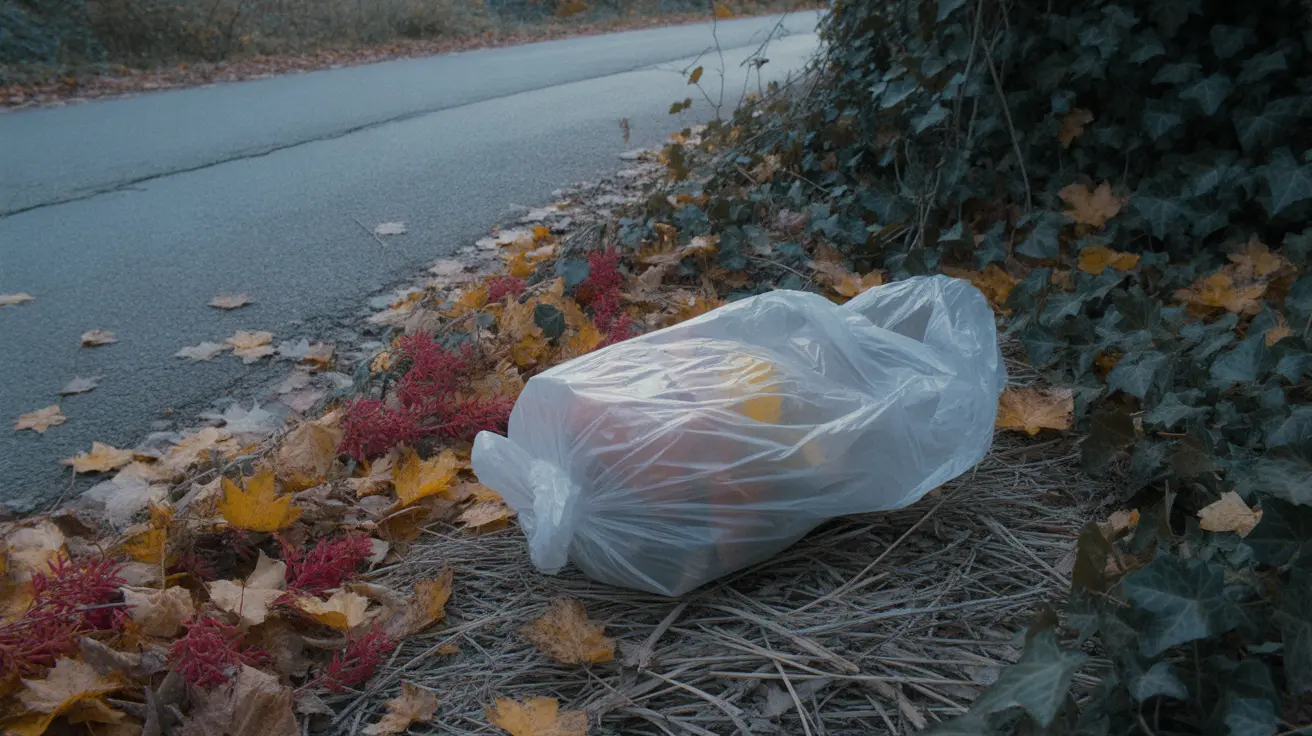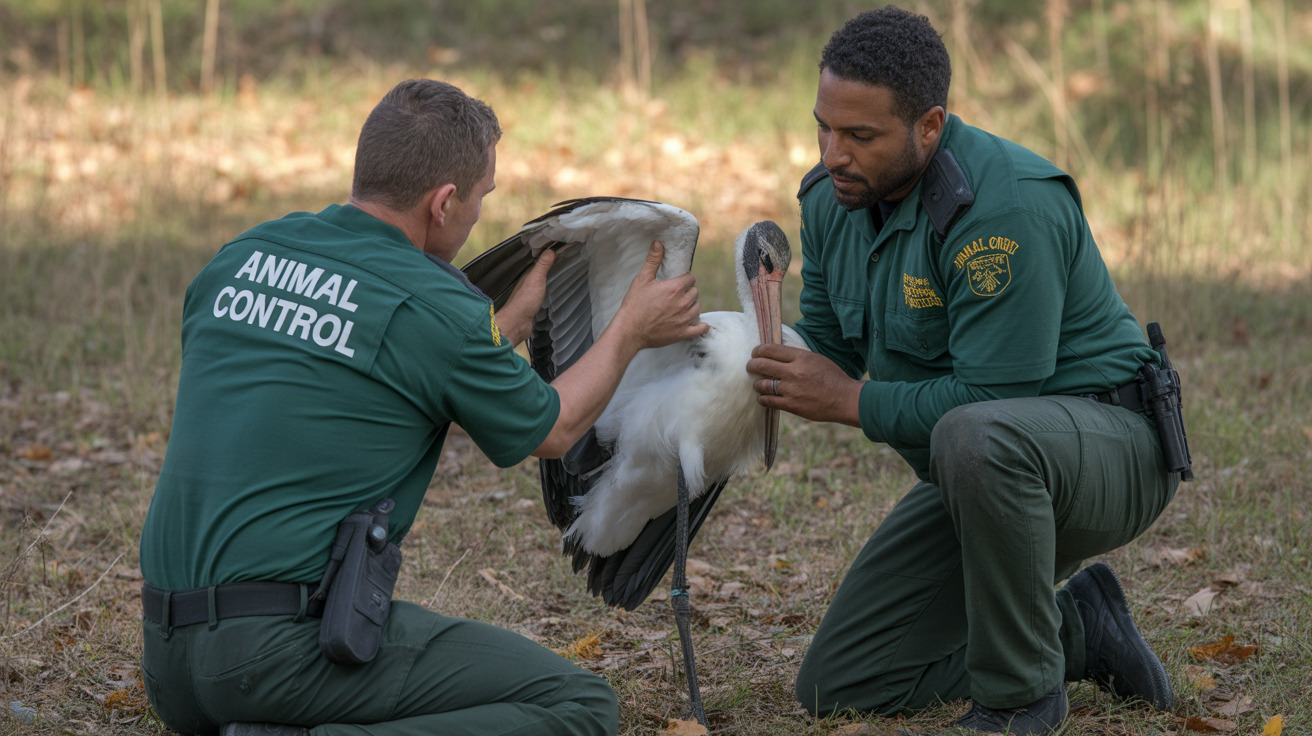How Long Should You Watch Your Dog After Eating a Grape?
Grapes and their dried forms—including raisins, currants, and sultanas—are extremely toxic to dogs. Even a single grape can potentially cause acute kidney failure, and because the exact toxic mechanism is not fully understood, every exposure must be treated as a veterinary emergency.
Immediate Steps to Take If Your Dog Eats a Grape
- Do not wait for symptoms to appear: The earlier the intervention, the better the chances of recovery.
- Call your veterinarian, an emergency clinic, or animal poison control immediately: These professionals will advise the next steps, including whether it's safe to induce vomiting or administer activated charcoal.
- Do not try home remedies without professional consultation.
Why Grapes Are Dangerous for Dogs
While the precise toxin in grapes remains unidentified, recent studies propose that
tartaric acid could be the primary culprit. Other elements considered include
mycotoxins, salicylates, tannins, and
flavonoids, but none have been confirmed. Importantly, no breed, size, age, or gender of dog is safe from grape toxicity.
Early Symptoms of Grape Toxicity (Within 12–24 Hours)
- Vomiting
- Loss of appetite
- Diarrhea
- Lethargy
- Abdominal discomfort
- Excessive thirst or urination
Advanced Symptoms (24–72 Hours)
- Severe dehydration
- Weakness
- Uraemic breath (smells like ammonia)
- Little or no urine output
- Collapse
Monitoring Timeline: 72 Crucial Hours
Veterinary professionals typically recommend monitoring your dog for at least 72 hours after grape ingestion. This is because acute kidney failure often begins within the first three days. Clinical signs may be delayed, but by the time symptoms manifest, substantial kidney damage may already have occurred.
What Happens During Veterinary Treatment
If you reach a vet promptly, they may perform the following interventions:
- Induce vomiting (only within a safe window and under clinical advice)
- Administer activated charcoal to prevent toxin absorption
- Start IV fluids: Supports kidney function and helps flush the toxins
- Monitor kidney values via bloodwork
- Provide anti-nausea medications and other supportive care
- Consider dialysis in critical cases
Foods That May Contain Hidden Grape Derivatives
Many pet parents are surprised to find grapes in everyday items, including:
- Raisin bread
- Trail mix
- Fruitcakes
- Oatmeal raisin cookies
- Breakfast cereals
- Baked granola bars
Products Believed to Be Safer, But Still Risky
Current evidence is lacking for the toxicity of grape juice, jelly, wine, grape seed oil, or grape plant parts (leaves, stems). However, until proven safe, all grape-derived products should be avoided.
Long-Term Prognosis After Grape Ingestion
If a dog survives the immediate aftermath of ingestion and treatment is initiated promptly, many cases end well. However:
- If the dog stops urinating, prognosis is poor.
- Some survivors may develop chronic kidney disease.
There is currently
no lab test to confirm grape poisoning, making clinical history and observable symptoms vital for diagnosis.
Preventative Measures
- Keep all grapes, raisins, and related foods out of reach of pets.
- Educate all household members, especially children, about the dangers.
- Secure trash bins and countertops to reduce accidental access.
- Be vigilant during holidays when grape-containing treats are more common.
Safe Fruit Alternatives for Dogs
If you’d like to occasionally treat your dog with fruit, consider these safer choices:
- Apples (without seeds)
- Bananas
- Blueberries
- Strawberries
- Watermelon (without seeds)
- Cranberries
Introduce new fruits slowly, watch for allergic reactions or stomach upset, and limit quantities due to natural sugar content.
Conclusion
If your dog eats a grape, the next 72 hours are critical. Do not wait for symptoms, do not try home treatments, and get veterinary help immediately. With swift action, many dogs recover without long-term harm. However, waiting could lead to irreversible kidney failure or death. Prevention, awareness, and timely response are your best tools for protecting your dog.





